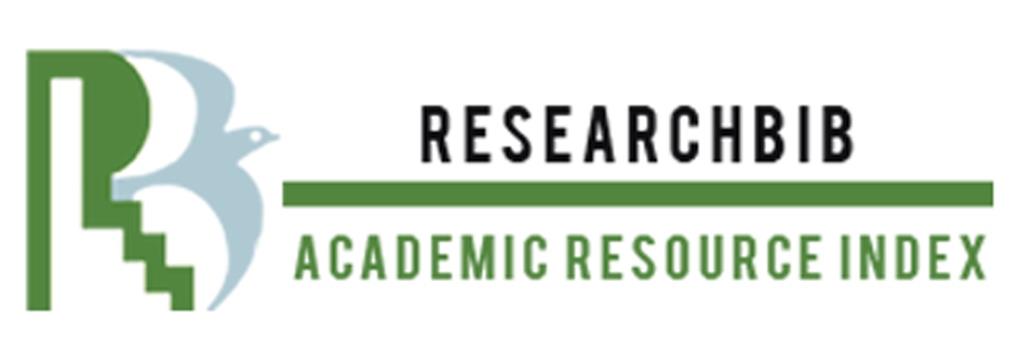THE CONCEPTS OF "SPATIAL" AND "TEMPORAL" IN THE SCIENCES AND HUMANITIES
Keywords:
spatial, temporal, science, humanity, disciplines, to consider, to extend, separate dimension, inter-changeable, co-equal partAbstract
This article is about the concepts of "spatial" and "temporal" in the science and humanities. Many disciplines, including science, consider that space and time extend in separate dimensions, are inter-changeable, and form co-equal parts of a larger thing called space-time. We adopt a metaphorical mapping to talk about time with spatial terms that appear to follow a sagittal mental timeline. Program scheduling prior to the conference as well as steps to carry out the program during the conference) when detailing how the event takes place
References
Barabasi, A.-L., 2005. The origin of bursts and heavy tails in human dynamics. Nature, 435 (7039), 207–211.
Barbour, J., 1999. The end of time: The next revolution in physics. Oxford, UK: Oxford University Press.
Boroditsky, L., 2000. Metaphoric structuring: Understanding time through spatial metaphors. Cognition, 75 (1), 1–28.
Denevan, W.M. and Mathewson, K., 2009. Carl Sauer on culture and landscape: readings and commentaries. Baton Rouge: Louisiana State University.
Gaddis, J.L., 2002. The landscape of history: how historians map the past. New York: Oxford University Press.
Gatalsky, P., Andrienko, N., and Andrienko, G., 2004. Interactive analysis of event data using space-time cube. Proceedings of the International Conference on Information Visualization, 8, 145–152.
Gonzalez, M.C., Hidalgo, C.A., and Barabasi, A.-L., 2008. Understanding individual human mobility patterns. Nature, 453 (7196), 779–782.
Harris, E., 2014. Principles of Archaeological Stratigraphy. London: Academic Press.














